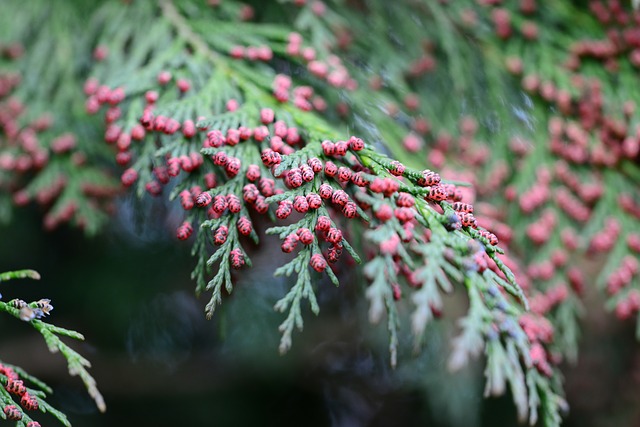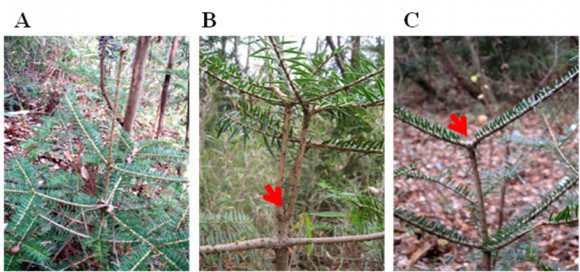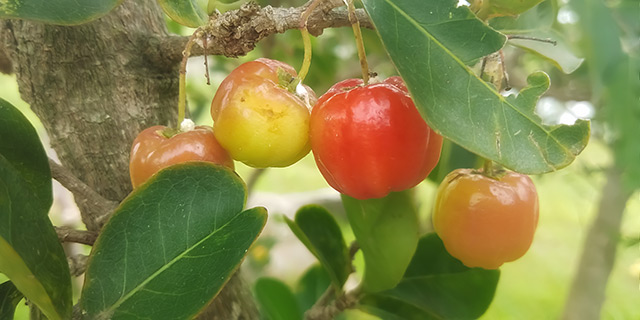A Fukushima Christmas: Toxic radiation from reactor taints nearby fir trees
09/04/2015 / By Greg White

Radiation from the Fukushima power plant acts as a corrosive acid that cuts, eats and deforms everything in its path. Now, scientists have discovered that radiation bleeding from the Fukushima No. 1 nuclear reactor may be responsible for “morphological defects” of fir trees in the surrounding area.
Morphological defects is a sugar-coated term for growth abnormalities. A team of researchers from Japan’s National Institute of Radiological Sciences investigated the morphological changes in Japanese fir trees in populations near the Fukushima No. 1 nuclear reactor.(1)
The team’s results showed that abnormal growth rates in fir trees occurred more frequently in areas with high levels of air radiation. The survey involved the town of Okuma, which is a mere 3.5 kilometers from the plant, where radiation levels of 33.9 microsieverts per hour were discovered.(2)
Other sites investigated included two areas in the town of Namie. One site was 8.5 kilometers from the plant, where radiation levels of 19.6 microsieverts per hour were detected, and another site was 15 kilometers from the plant, where radiation levels of 6.85 microsieverts per hour were detected.(2)
Among the fir trees at the Okuma site, approximately 90 percent were not growing normally. In addition, approximately 40 percent of fir trees and 30 percent of all trees were not growing normally at the two Namie locations. In other words, the fig trees were tainted by the roots.(2)
These areas fall within the government designated “difficult to return zone.” Residents who lived in the area were evacuated during the Fukushima disaster and are still unable to return there.(2)
Although the effects of radiation are the likely culprit behind the abnormal tree growth, scientists have not ruled out other possibilities. “Other factors may have affected fir trees,” said one scientist. “Researchers need to examine through lab experiments what will happen when firs are exposed to high levels of radiation.”(2)
Sources include:
(1) Nature.com
(2) AJW.Asahi.com
Tagged Under: Christmas, deformities, fir trees, nuclear reactor, radiation, toxicity





















